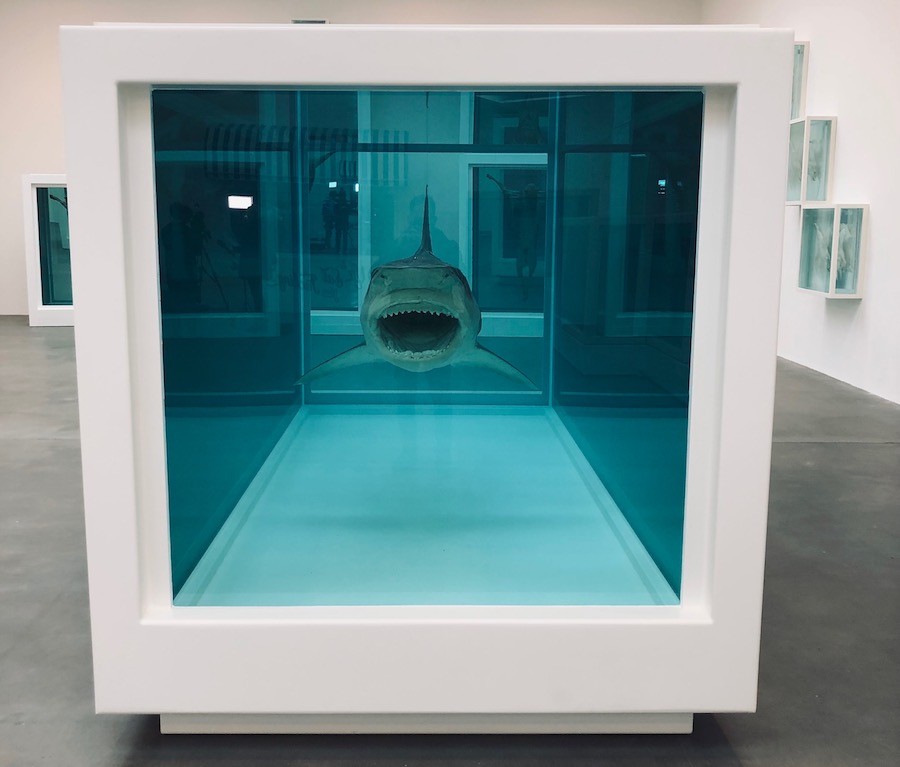It’s difficult to say definitively whether artists like Jeff Koons and Damien Hirst are “only in it for the money,” as motivations can be complex and multifaceted. However, both artists are well-known for their commercial success and interest in exploring the relationship between art and commerce.
Koons, for example, pioneered the Post Pop Art movement, which appropriated kitsch images from popular culture and consumerism, turning them into subjects for Fine Art. He embraced commercial techniques to produce his work and is known for his canny business sense. Andy Warhol famously said, “Making money is art, and working is art, and good business is the best art.”

Hirst first gained notoriety with his conceptual artworks, often involving everyday objects, dead animals in vitrines and pharmaceuticals. He works closely with accountants, dealers, galleries and NFT platforms to explore new revenue streams, including digital mediums, to further manipulate the market, selling his work for astronomical prices. He is also known for creating elaborate marketing campaigns around his exhibitions.Koons and Hirst have rarely been concerned with the myth of the artist/maker and are far more concerned with the final product, which takes the form of glossy sculptures and slick paintings. Marcel Duchamp’s Readymades and Andy Warhol’s mundane subject matter were key inspirations.
While it’s true that both Koons and Hirst were commercially successful, it’s worth noting that they also made significant contributions to the history of art and influenced subsequent generations of artists. Ultimately, it’s up to individuals to decide whether they believe an artist’s motivations are purely financial or whether deeper artistic or philosophical considerations are at play.
There are many examples of commerciality in all generations of artists. Visual art is often less associated with commercial success than music, but there have still been many successful artists who have achieved significant commercial success. Here are some examples of artists from various generations who have been successful in their time.
Rembrandt van Rijn, the Dutch painter and etcher who lived in the 17th century, was one of the most successful artists of his time. He built a lucrative career selling his paintings to wealthy patrons.
Pablo Picasso: Picasso, the Spanish/French painter who lived in Paris in the 20th century, was one of the most commercially successful artists of all time. He is known for co-founding the Cubist movement. His paintings regularly sell for tens of millions of dollars at auction.
Salvador Domingo Felipe Jacinto Dalí Domènech, Marquess of Dalí of Púbol (11 May 1904 – 23 January 1989), was a Spanish artist associated with the Surrealist movement. He was renowned for his technical skills, precise draftsmanship, and for creating striking, bizarre images in his work. He acquired a small fortune from his paintings and commissioned work in the 1940s and 1950s. However, his career was damaged in his later years when it was exposed; he signed reams of blank paper, which was then used to print facsimiles of his work.
Andy Warhol: was an American artist associated with the Pop Art movement. He often featured images of celebrities and consumer products in his paintings which have sold for as much as $105 million at auction.
Words: Sam Lockhart Top Photo Jeff Koons Doha Qatar © Artlyst 2023

